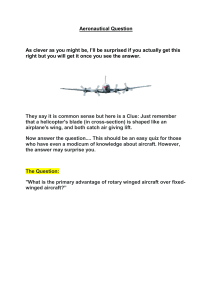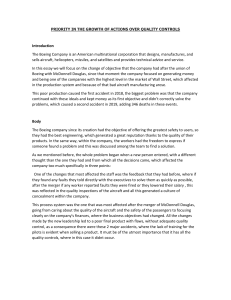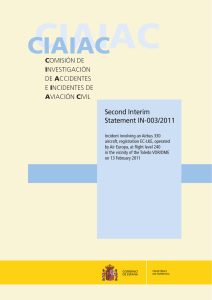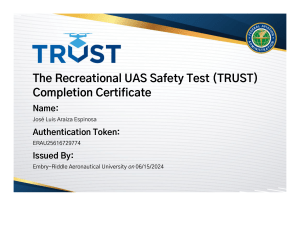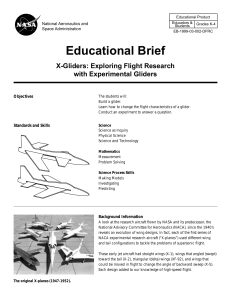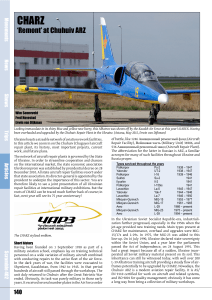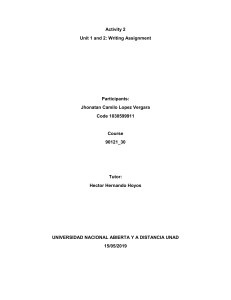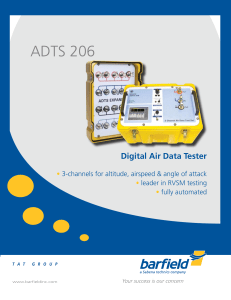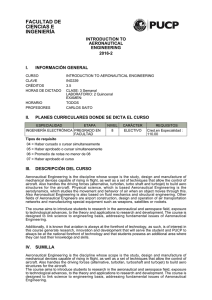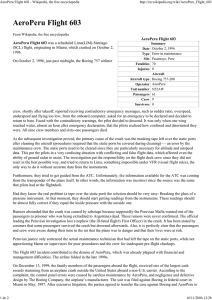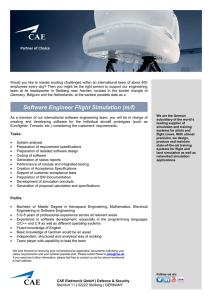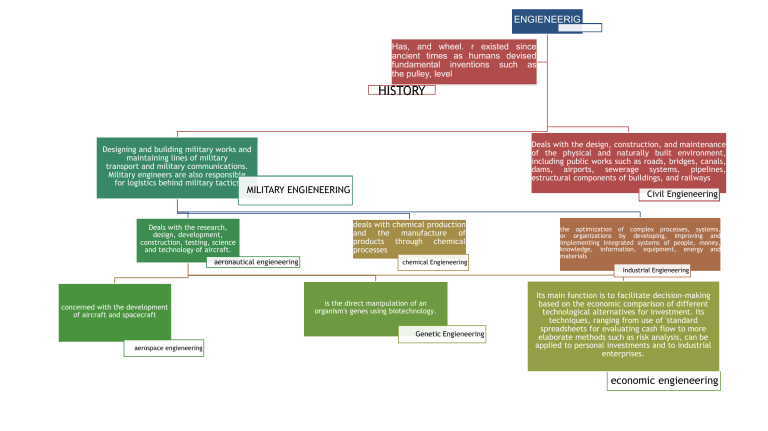
ENGIENEERIG Has, and wheel. r existed since ancient times as humans devised fundamental inventions such as the pulley, level HISTORY Deals with the design, construction, and maintenance of the physical and naturally built environment, including public works such as roads, bridges, canals, dams, airports, sewerage systems, pipelines, estructural components of buildings, and railways Designing and building military works and maintaining lines of military transport and military communications. Military engineers are also responsible for logistics behind military tactics MILITARY ENGIENEERING Deals with the research, design, development, construction, testing, science and technology of aircraft. aeronautical engieneering Civil Engieneering deals with chemical production and the manufacture of products through chemical processes chemical Engieneering the optimization of complex processes, systems, or organizations by developing, improving and implementing integrated systems of people, money, knowledge, information, equipment, energy and materials Industrial Engieneering concerned with the development of aircraft and spacecraft is the direct manipulation of an organism's genes using biotechnology. Genetic Engieneering aerospace engieneering Its main function is to facilitate decision-making based on the economic comparison of different technological alternatives for investment. Its techniques, ranging from use of 'standard spreadsheets for evaluating cash flow to more elaborate methods such as risk analysis, can be applied to personal investments and to industrial enterprises. economic engieneering Aeronautical history Start of aeronautical training in Mexico During the government of Francisco I. Madero, he was invited to participate in an exhibition flight, aboard a two-seater Deperdussin aircraft, becoming the first acting president to fly an airplane 2 November 30, 1911 May 17th,1920 The first jet flight The German Heinkel He 178 aircraft was the first in the world to be powered by a jet engine KLM begins its first flight In 1920 a regular flight line between London and Amsterdam began operating, which continues to operate today The biggest airplane in the world The Antonov An-225 is a military transport aircraft Dec 21st, 1988 A new, plasma-based rocket propulsion technology known as the VASIMR® rocket may 23 2019 7 6 4 1914-1920 1903-1911 T1 T2 T3 T4 1925-1940 T1 T2 T3 T4 T1 1947-2019 T2 T3 T4 T1 T2 T3 T4 9 1 3 The first plane to fly successfully Designed and built by Orville and Wilbur Wright, the Flyer 1 was the first heavier-than-air aircraft to successfully fly. october 17th, 1903 first commercial flight It was carried out on a Benoist XIV seaplane, which crossed Tampa Bay, in Florida (USA), from Saint Petersburg to Tampa January 1st,1914 5 First flight from Spain to America The "Plus Ultra" was a Dornier Do J hydroplane that took off from Palos de la Frontera (Spain) on January 22, 1926 and arrived in Buenos Aires (Argentina) on February 10. February 10th,1926 8 Overcome the sound barrier The first manned supersonic flight was piloted by US Air Force The aircraft was launched from a B-29 bomber and reached a peak speed of Mach 1.06 (1,299 km / h, 807.2 mph). Oct 14,1947 Flights in the digital age the Boeing 777 became the first entirely computerdesigned aircraft. What does an Aeronautical engieneer? Aeronautical engineers use their technical knowledge to improve flight safety and fuel efficiency, reduce costs and address the environmental impact of air travel.We design primarily aircraft, spacecraft, satellites, and missiles. Are employed in industries whose workers design or build aircraft, missiles, systems for national defense, or spacecraft. Aerospace engineers are employed primarily in manufacturing, analysis and design, research and development, and the federal government. Vocabulary 1.Accuracy:the quality of being near to the true value 2.Angle:the space between two lines or planes that intersect 3.archa: curved masonry construction for spanning an opening 4. Bridge:structure allowing passage across a river or other obstacle 5. Buckle:bend out of shape, as under pressure or from heat 6. Cement:a building material that is a powder made of a mixture of calcined limestone and clay; used with water and sand or gravel to make concrete and mortar 7. Efficiency:the ratio of the output to the input of any system 8. Efficient:being effective without wasting time, effort, or expense 9. Elasticity:the tendency of a body to return to its original shape 10.Electricity:a physical phenomenon that can produce light, heat and power 11.Electronic:concerned with principles governing behavior of electrons 12.Energy:any source of usable power 13.Engine:motor that converts energy into work or motion 14.Engineering:applying scientific knowledge to practical problems 15.Hydraulics:study of the mechanics of fluids Consulted pages https://www.timetoast.com/timelines/contexto-37c174b7c512-491a-a33d-cce0956c8276 https://targetjobs.co.uk/careers-advice/jobdescriptions/277079-aeronautical-engineer-job-description luniversalqueretaro.mx/especiales/volar-los-avances-de-laindustria-aeronautica-en-un-solo-lugar#imagen-1 file:///C:/Users/user/Downloads/Documents/RamasDeLaIngeni eria.pdf https://sites.google.com/site/equilibrandonuestrodestino/histo ria-de-la-aeronautica-2 https://es.wikipedia.org/wiki/Aeron%C3%A1utica
